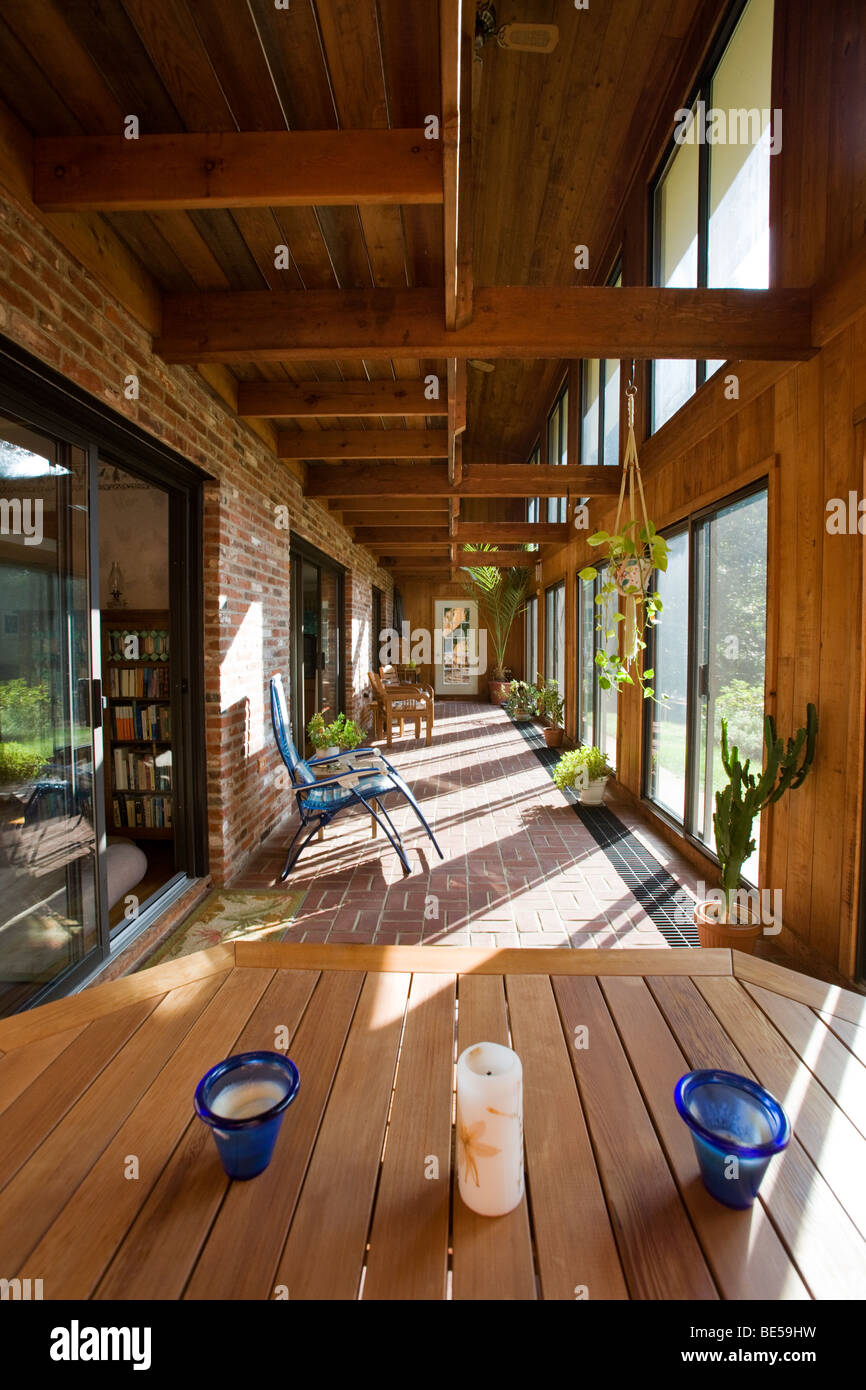
Harnessing Nature: The Essence of Passive Solar Homes
Passive solar homes represent a sustainable approach to residential architecture, utilizing the sun’s energy to create comfortable living spaces while minimizing reliance on artificial heating and cooling systems. This article explores the principles, benefits, and key considerations of passive solar design, highlighting its role in promoting eco-friendly and energy-efficient living.
Understanding Passive Solar Design Principles
Passive solar design centers around leveraging the sun’s natural energy to heat and cool a home without the need for mechanical systems. Key principles include maximizing solar gain in colder months and minimizing it in warmer months. Strategic placement of windows, thermal mass, and proper insulation are integral components, ensuring optimal energy efficiency throughout the year.
Strategic Placement of Windows and Glazing
One fundamental aspect of passive solar design is the strategic placement of windows and glazing. South-facing windows capture the maximum sunlight during the winter, allowing the sun to penetrate and warm the interior spaces. Careful consideration is given to window size, overhangs, and shading devices to prevent overheating in the summer while optimizing winter warmth.
Tip: Explore more about Passive Solar Homes at indidesignhome.my.id.
Utilizing Thermal Mass for Temperature Regulation
Thermal mass, materials that store and release heat slowly, plays a crucial role in passive solar homes. Common materials include concrete, brick, or tile floors, which absorb and retain heat during the day, releasing it gradually during cooler evenings. This process helps regulate indoor temperatures, reducing the need for additional heating or cooling systems.
Optimizing Insulation for Energy Efficiency
Effective insulation is a cornerstone of passive solar design, preventing heat loss during colder periods and minimizing heat gain in warmer seasons. High-quality insulation, properly installed in walls, roofs, and floors, enhances the overall energy efficiency of a passive solar home. This results in reduced energy consumption and increased comfort for occupants.
Balancing Natural Ventilation and Cooling Strategies
While passive solar homes focus on harnessing sunlight for heating, effective cooling strategies are also integral to the design. Cross-ventilation, windows strategically placed to capture prevailing breezes, and the use of thermal chimneys facilitate natural cooling. These features work in harmony to maintain a comfortable indoor environment without relying on energy-intensive air conditioning systems.
Benefits of Passive Solar Homes: Energy Efficiency and Cost Savings
Passive solar homes offer numerous benefits, with energy efficiency and cost savings at the forefront. By harnessing natural energy sources, homeowners can significantly reduce their reliance on traditional heating and cooling methods, leading to lower utility bills and a smaller environmental footprint. The initial investment in passive solar design pays off over time through ongoing savings.
Environmental Sustainability and Reduced Carbon Footprint
The environmental sustainability of passive solar homes is a significant advantage. By minimizing dependence on non-renewable energy sources, these homes contribute to a reduced carbon footprint. The use of natural light and heating not only conserves energy but also aligns with the principles of sustainable and eco-friendly living.
Key Considerations for Passive Solar Home Design
When planning a passive solar home, several key considerations come into play. Local climate conditions, site orientation, and landscaping must be carefully evaluated to optimize the benefits of passive solar design. Collaboration with experienced architects and designers familiar with passive solar principles is essential to achieve the desired outcomes.
Adaptability and Integration with Modern Design Trends
Passive solar design has evolved to seamlessly integrate with modern architectural trends. Contemporary passive solar homes showcase a harmonious blend of energy efficiency and aesthetics. The adaptability of passive solar principles allows homeowners to enjoy the benefits of sustainable living without compromising on style or comfort.
Educating Homeowners on Passive Solar Living
Promoting awareness and education on passive solar design is vital for widespread adoption. Homeowners exploring sustainable living options should be informed about the principles and advantages of passive solar homes. Workshops, educational resources, and expert guidance can empower individuals to make informed decisions for eco-friendly and energy-efficient living.
Conclusion: Embracing a Sustainable Future with Passive Solar Homes
In conclusion, passive solar homes embody a sustainable and forward-thinking approach to residential design. By harnessing the sun’s energy, these homes offer energy efficiency, cost savings, and environmental sustainability. As the demand for sustainable living continues to grow, passive solar design stands as a beacon for a more eco-friendly and resilient future. Explore the possibilities of Passive Solar Homes at indidesignhome.my.id and embark on a journey towards sustainable living.


